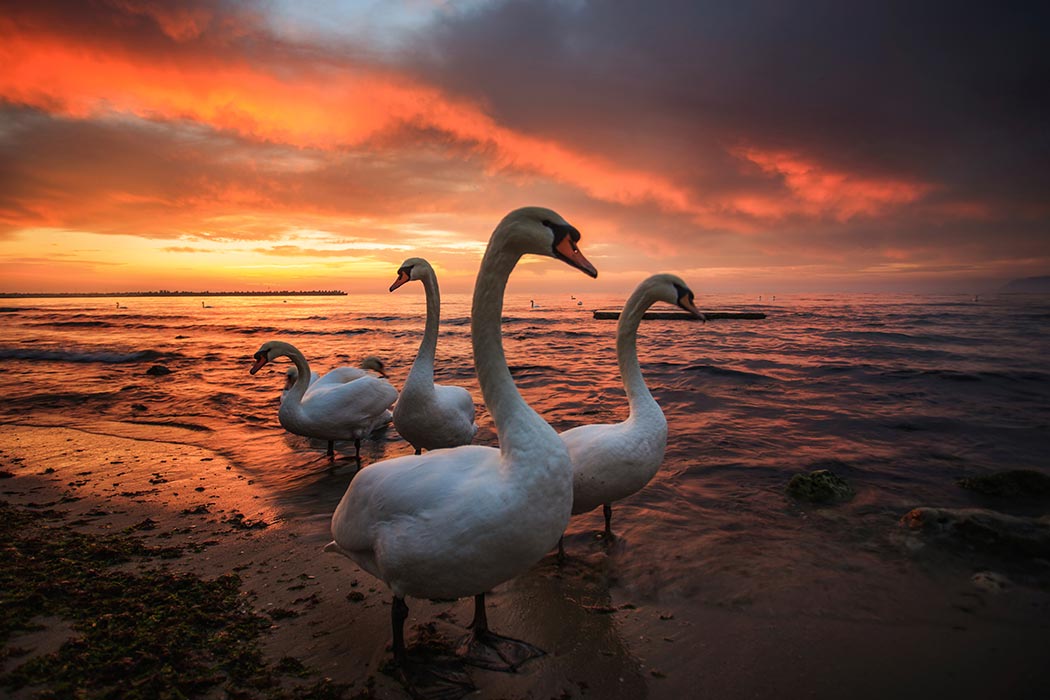Last week, New York Governor Andrew Cuomo again vetoed a bill to protect the state’s mute swans by curbing population growth. The swan population is ballooning in New York, and the state’s environmental agency (DEC) views the birds, native to Eurasia, as an invasive species harming the local ecosystem. Opponents contend that the graceful birds pose no threat and are beloved by New Yorkers young and old alike. The original plan was to eradicate the swans altogether, but public outrage shot the idea down. Cuomo’s veto was the latest salvo in a battle over how to do deal with the swans. Does science back the “invasive species” hypothesis?
It turns out that the research is limited but fairly unequivocal in its assessment: swans are a nuisance species. For one thing, they destroy submerged aquatic vegetation (SAV)—by overgrazing, by trampling plants with their large, webbed feet, and by uprooting vegetation to feed their young—which is critical for the native waterfowl’s survival. The more of them there are, the more damage they cause. Furthermore, large flocks of swans dominate the shallow regions where native birds, such as ducks, tend to feed. Because of their diminutive size, the ducks cannot easily access the vegetation they need.
Interestingly, mute swans have become the poster child for a harmful species protected by strong public goodwill. Culling, a method of population control that involves selective slaughter, is seen as the most effective method, but has proven nonetheless to be quite controversial. On the other hand, animal rights activists and ethicists prefer curbing swan populations by limiting reproduction itself with methods such as egg oiling, but researchers have found that such efforts are more time consuming and expensive.
The real issue is not a scientific but political one. Ellis and Ephrick, the researchers who studied the swan’s unique position of having public approval despite their invasive nature, suggest tying ethical concerns to any plan forwarded, thus making swan control more palatable. The goal should be to acknowledge public concern while emphasizing the importance of such measures. In other words, making the case that such efforts are perhaps in the best long-term interest of both the swans and the native species with whom they coexist.







